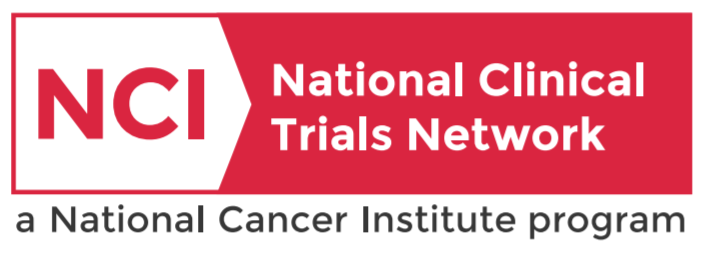...
| Excerpt |
|---|
This collection contains data from the Children’s Oncology Group (COG) Clinical Trial NCT01026220, “Combination Chemotherapy and Radiation Therapy in Treating Young Patients With Newly Diagnosed Hodgkin Lymphoma". Principle Principal Investigator: Kara Kelly, MD (pediatric oncologist and the Chair of Roswell Park Oishei Children’s Cancer and Blood Disorders Program, Buffalo, NY.). It was sponsored by NCI and performed by the Children's Oncology Group under study number AHOD0831. This phase III trial is studying how well giving combination chemotherapy together with radiation therapy works in treating young patients with newly diagnosed Hodgkin lymphoma. Therapeutic agents used on trial include 1 or more of the following: Biological: bleomycin sulfate; Drug: doxorubicin hydrochloride; Drug: liposomal vincristine sulfate; Drug: vinorelbine tartrate; Drug: cyclophosphamide; Drug: etoposide phosphate; Drug: prednisone; Biological: filgrastimDrug: ifosfamide. Select patient-level clinical data from this trial is available via the following link: https://nctn-data-archive.nci.nih.gov/node/1137. Trial Primary Objective: I. To maintain the overall survival (as defined by 4-year "second-event" free survival) for subjects with high risk Hodgkin lymphoma at or above 95%. Trial Secondary Objectives: I. To maintain 3-year event-free survival for subjects with high risk Hodgkin lymphoma at or above 93%. II. To maintain comparable overall survival (as defined by 4-year "second-event" free survival) between subjects with high risk Hodgkin lymphoma who have a rapid or slow response to the initial 2 cycles of ABVE-PC* by intensifying therapy through the addition of 2 cycles of ifosfamide/vinorelbine in those with a slow early response. III. To investigate whether very early response assessment measured by FDG-PET after 1 cycle of chemotherapy identifies a subject cohort that can be studied in future trials and that is distinguishable from currently defined RER after 2 cycles. IV. To describe the patterns of relapse after ABVE-PC* and risk-adapted radiotherapy. Trial Description and Outcomes The AHOD0831 study for pediatric patients with high risk Hodgkin lymphoma tested a response-based approach designed to limit cumulative alkylator exposure and reduce radiation volumes. 166 patients were enrolled in this study from December 2009 to January 2012, of whom 165 were eligible and 141 completed the trial. This dataset contains the images from the 165 eligible patients. Study dates were approximately 2009-2017. Patients (Stage IIIB/IVB) received two cycles of ABVE-PC (doxorubicin, bleomycin, vincristine, etoposide, prednisone, cyclophosphamide). Rapid early responders [RER, no positron emission tomography (PET) activity above mediastinal blood pool] were consolidated with 2 cycles of ABVE-PC. Slow early responders(SER) received 2 cycles of ifosfamide/vinorelbine and 2 cycles of ABVE-PC. Radiotherapy was administered to sites of initial bulk and/or SER. By intent-to-treat analysis, 4-year second event-free survival (EFS; freedom from second relapse or malignancy) was 91.9% [95% confidence interval(CI): 86.1 – 95.3%], below the projected baseline of 95% (P = 0.038). Five-year first EFS and overall survival (OS) rates are 79.1% (95% CI: 71.5 –84.8%) and 95% (95% CI: 88.8 – 97.8%). Eight of 11 SER patients with persistent PET positive lesions at the end of chemotherapy had clinical evidence of active disease (3 biopsy-proven, 5 with progressive disease or later relapses). Although this response-directed approach did not reach the ambitiously high pre-specified target for second EFS, EFS and OS rates are comparable with results of recent trials despite the reduction in radiotherapy volumes from historical involved fields. Persistent PET at end of chemotherapy identifies a cohort at an especially high risk for relapse/early progression. Trial Publication Results of the trial have been reported in the following publication:
|
...
